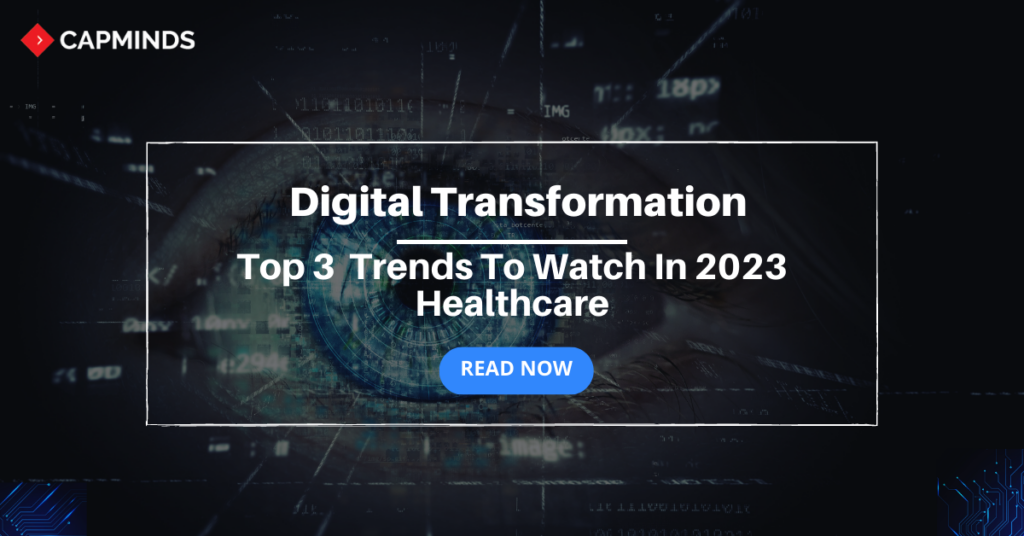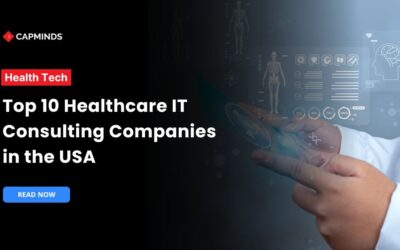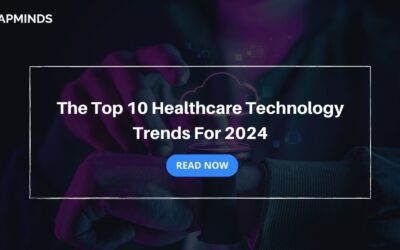Top 3 Digital Transformation Trends To Look In 2025 Healthcare
The healthcare sector has undergone several challenges in the last few years, especially during COVID-19. After this pandemic, the healthcare practice has been developed and adapted to new healthcare technology and applications worldwide.
This technology advancement promotes a reactive approach to a proactive one and has led to increased awareness about healthy lifestyle choices, regular check-ups, and vaccinations. It ensures patient personal healthcare, digital customer service, and evidence-based medicine.
Digital technology in healthcare and medicine probably transforms improper healthcare into suitable ones, provides low-cost, faster, and more effective solutions for health issues, and offers better coordination between healthcare providers and patients.
In this blog, we walk through the three common digital transformation trends 2024.
The Rising Digital Transformation In Healthcare
This technology advancement promotes a reactive approach to a proactive one and has led to increased awareness about healthy lifestyle choices, regular check-ups, and vaccinations. It ensures patient personal healthcare, digital customer service, and evidence-based medicine.
While healthcare’s digital transformation was a top priority before Covid-19, the pandemic accelerated the adoption of digital health tools. You can see this happening in real time with the use of telehealth, personal devices to access care, social determinants of health (SDoH) databases, cloud-native data storage solutions, and countless other examples.
Lists of Digital Transformation Trends in 2024
The excellence of artificial intelligence
The AI’s feature automates data management processes such as document processing, EHR management, wearable device data, and medical imaging. It helps healthcare providers to improve the information handling process and decision-making to improve the efficiency of the drug research process.
As reported by a Morgan Stanley study, the healthcare industry’s spending on AI and ML will increase by 10.5% by the end of 2024. AI application benefits healthcare practice from the initial stage of communication with patients to pharmaceutical research and assisting with surgeries.
For example, AI technology, AlphaFold2, helped predict the 3D structure of proteins from amino acid sequences.
RELATED: DIGITAL HEALTH: THE NEXT BIG THING IN VALUE BASED CARE
The evolution of wearable medical devices
The latest shift in medical monitoring devices and wearables includes the integration of artificial intelligence and machine learning for predictive analytics, the development of more advanced biosensors, and the expansion of remote patient monitoring capabilities.
The future of wearable technology in healthcare is likely to involve more advanced and refined wearable devices, enhanced connectivity with healthcare systems, and the persistent integration of wearable technology into quality patient care.
Taking into consideration, that healthcare providers are ready to invest in wearable device technology to provide up-to-date monitoring details of patients and changes in health.
Blockchain ensures Better Electronic Health Record
Blockchain is a distributed digital ledger that can securely store and share healthcare information among multiple parties, reduces the need for certain intermediaries, and enhances data privacy. Patient data, especially data stored in electronic health records (EHR), is the core of healthcare practice. However, the existing approaches for storing and transferring this data do not hold security and efficiency.
Since 2005, more than 11.5 billion medical records have been violated. To avoid this increasing risk of cyberattacks and fraudulent activity, healthcare facilities adopted blockchain technology to safeguard patient data. It offers a decentralized digital ledger system that securely records and shares data in real-time.
Final Thoughts
Digital transformation in healthcare is an ever-evolving and changing industry. Staying up-to-date on the latest trends is very important to develop effective strategies for your practice growth.
Now it’s time to get ahead of your competition by making use of these digital transformation trends. CapMinds is here to help you with the best cloud-based EHR, revenue cycle management, and advanced telehealth solutions to gain more patients, retain those patients long-term, acquire maximum revenue, and achieve better healthcare outcomes.
Looking for the latest healthcare insights? Navigate the healthcare digital space like an expert with the help of the CapMinds blog!




